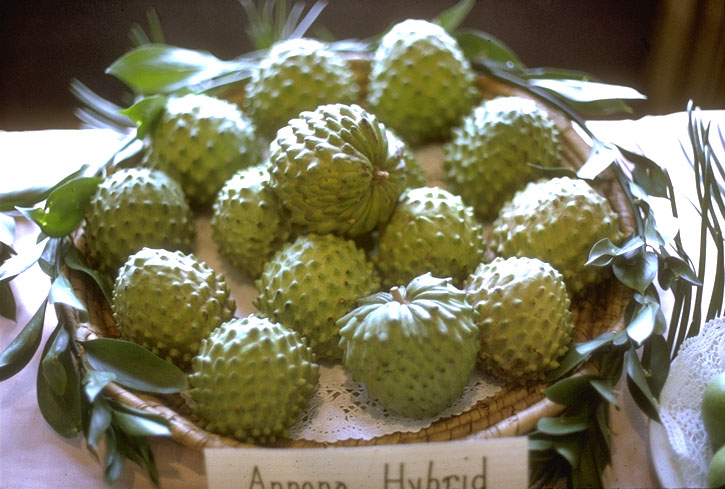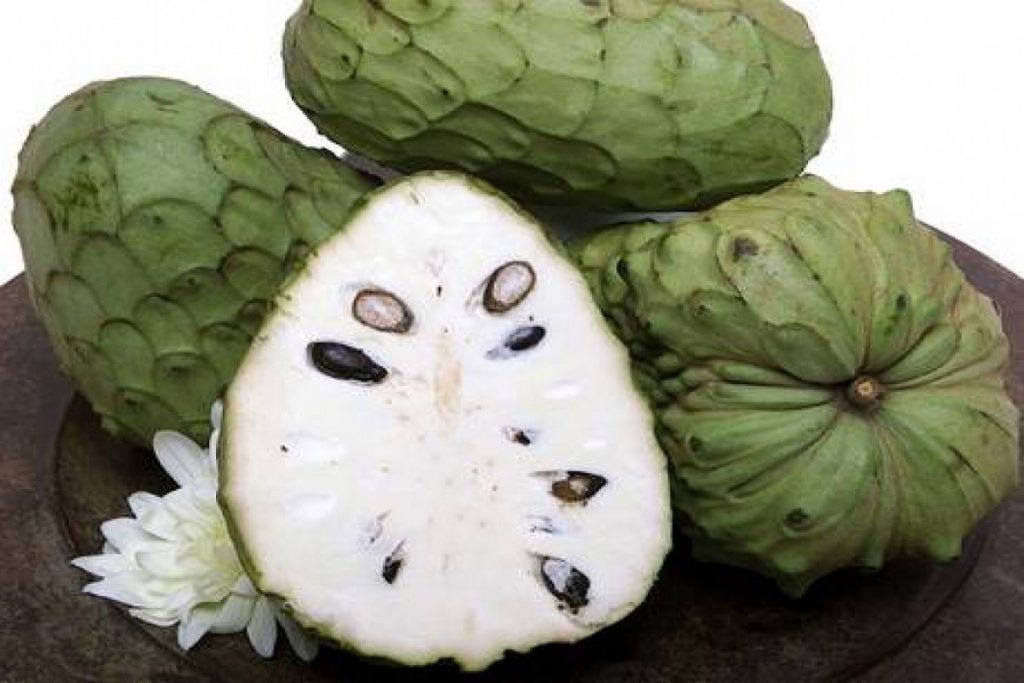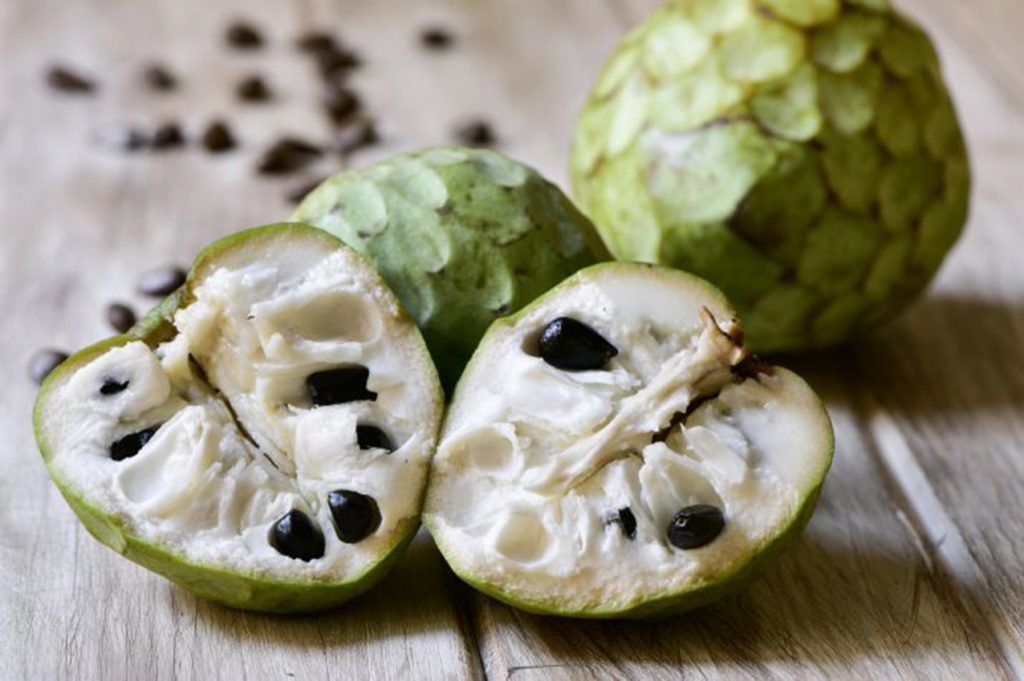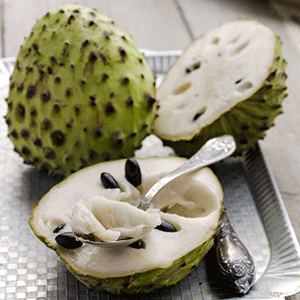15.9.2019
Calabria wants to focus (also) on the exotic fruits and young farmers take the field.
The Annona Atemoya has a glossy skin rich in tapered but not pointed growths
In recent years, mainly due to climate change, alongside the crops that have always characterized the fruit and vegetable sector of the peninsula, crops of Annona are becoming increasingly popular that until recently were rather rare or even unknown.
According to a study by Coldiretti, its cultivar has gone from a few hectares planted with tropical fruits to over five hundred hectares, with an increase of sixty times in just five years. All thanks above all to the commitment of young farmers who have recovered abandoned land precisely because of climate change and have decided to meet new tastes and new eating habits for consumers.

And if in Sicily, among others, mangoes and avocados can be found, in Calabria it is the annona, a fruit originating in Central and South America, to spread over many areas cultivated in the Tyrrhenian area of Reggio Calabria. And it is precisely in the latter area, to be precise in Fiumara, in the province of Reggio Calabria, new farmers have decided to seize the opportunity.
FEATURES
The annona is a fruit originating in Central and South America
As already specified, being a fruit of tropical origin the ideal climate for the growth and maturation of the fruit is the Mediterranean one. However, after several attempts made in other regions of Southern Italy, it has been shown that only and exclusively in the the coast of Reggio Calabria finds the best habitat.
And as regards the characteristics of the soil, the fruit mainly requires medium-textured soils with a prevalent percentage of sand and silt.

Belonging to the Annonaceae family, the annona is a fruit tree with an expanded and slow-growing habit that usually reaches four to six meters in height as an adult. It has slight branches of gray-brown color with elliptical, alternate, light green leaves.
The flowering starts in the spring immediately after the fall of the leaves and is scalar (until July-August). The flowers appear small, greenish-white and fragrant, usually hermaphrodite in groups of two / three.
It requires entomophilous fertilization through small insects, or pollination is carried out by small insects.
The fruit is mature when it is slightly soft to the touch and begins to show light brown streaks.
The fruit has a soft and creamy white-cream flesh with high sugar content, the presence of numerous seeds (variable depending on the species) and has a sudden ripening after harvest. The average weight of the annona is 210 grams (but it can also exceed 900 grams).
There are three cultivated varieties:
– Annona cherimola or Cherimoya,
– Atemoya – Geffner variety and to a lesser extent
– A local hybrid variety, which over the decades has gradually developed through the crossing of several other varieties.
While the Annona cherimola is the most valuable and is characterized by a green fruit with a homogeneous cordiform or conical shape, with a very thin skin and medium-depressed homogeneous areoles, the Atemoya – Geffner variety is a hybrid cultivar deriving from the Annona muricata or Annona squamosa and the Annona cherimola. Its peculiarity is that of having a shiny skin rich in slender but not pointed growths.

The taste is very different between the various species: the Annona cherimola has hints of banana, pineapple, pear, while the Atemoya has strong hints of milk. It should be said – specific Bellè – that the taste of this fruit is unique is difficult to assimilate to others.
As for the harvest, instead, for the Annona cherimola it is set between September 15th and December 15th, while for the Atemoya between January 1st and March 15th. The harvest is scrupulously done by hand, selecting only the fruits ready for consumption.
The plant is not subject to many pathogenic attacks, the most serious ones are referred to Glomerella and Phytophthora which mainly affect the fruits in juvenile phase causing rot or mummification. To fight them, it is necessary to eliminate immediately the infected parts and intervene with copper oxychloride.
GASTRONOMY
The main gastronomic use is direct consumption of the pulp, with a small spoon. The fruit is deliciously sweety.
However, a rich jam, that is not a trivial aspect, can be made using freshly picked fruit.
But it’s not over here. Another well-played card by young farmers was to make themselves space in the world of ice cream making by participating, among many others, in SIGEP fair (International Gelato, Pastry, Bakery and Coffee) in Rimini in 2018. Yes, because ice cream to the taste Annona is already a reality both in numerous ice-cream parlors of Reggio that of the rest of Italy and Europe, albeit with still small numbers.

Last but not least, the annona is not only sought after for its “enveloping and intense” flavor, but also for its nutraceutical capacity. It is rich in vitamins, proteins, minerals, but above all antioxidants.
In addition to having an energetic function, it improves the immune defenses, has an anti-age effect, protects from infectious agents, helps blood circulation, regulates intestinal functions, has relaxing effects and fights numerous diseases.

